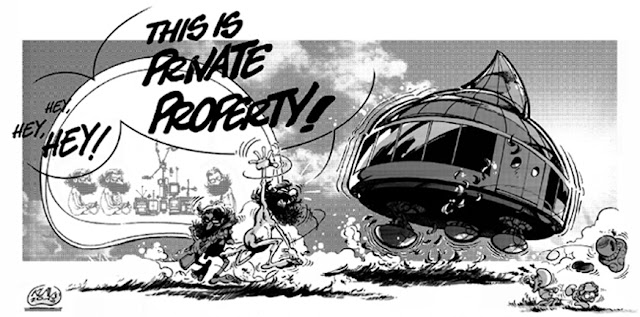It has happened slowly. Many of us have not even noticed. Little by little, the cities we inhabit — malls, shopping centers, movie theaters, private plazas, parks, and in some unfortunate places even entire streets and neighborhoods — become increasingly privatized. Yet many of us do not often stop and ask ourselves what this means and what we are losing in the process. What happens to democracy when we do not have the spaces to meet, organize, and collectively plan for our future? What happens when our city does not belong to us?
On September 17th, 2011 the Occupy Wall Street movement brought new light to the privatization of the city when a group of activists occupied Zuccotti Park, a Privately Owned Public Space (POPS) in New York City’s Financial District. POPS legislation was developed in 1961 as a way to let developers negotiate building variances, often increasing the square footage of rentable space, in return for plazas and parks that should be open and welcoming to the public for multiple uses. The legislation has led to private entities building 3.5 million square feet of areas that they control but are, in theory, public.
Further, the rules governing the different POPS can be confusing and, at times, contradictory to actual law. After all, what does it mean when the POPS at 60 Wall Street asks people to not use space ‘excessively’? With this and other questions in mind, design collaborative DSGN AGNC organized a group of concerned designers, artists, lawyers, educators and citizens to launch #whOWNSpace. Thus far, groups that have contributed to #whOWNSpace include DSGN AGNC, who provided the initial vision, along with DoTank: Brooklyn, 596 acres, The Public School New York, BRUNO, and Not An Alternative.
At its core, #whOWNSpace arises from questions that the Occupy Wall Street movement brings up about ownership and use of open space in New York City, and cities around the world. The project seeks to reveal and question the often-conflicting rules that govern privatized public space, to advocate for changes when necessary, and to propose alternative policies, uses and designs for public space that encourages democratic vitality.
 |
| Image by Klaus for the MAS CONTEXT ISSUE 13 cover |

Leave a Reply